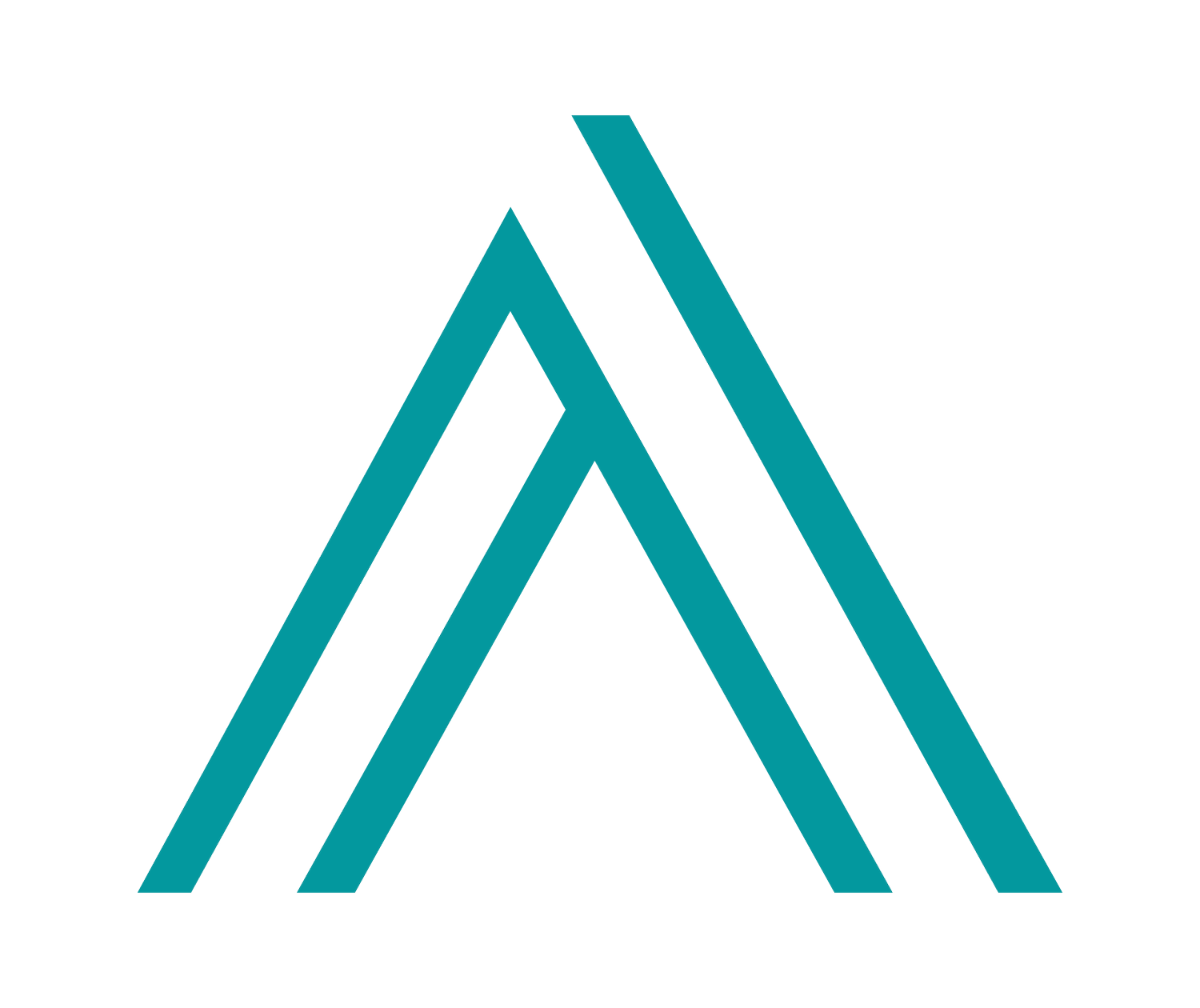Navigating the Architecture Portfolio.
Your design portfolio serves as a thorough exploration of your capabilities, meticulously prepared for presentation during interviews. Comprising 15 to 30 pages, it should offer a well-balanced representation of your technical and design skills. Within these pages, you have the opportunity to delve into your projects, articulate your journey, and show your adaptability.
Essential Portfolio Strategies:
Ensure you have a focus and direction: Whether presenting samples or a complete portfolio, avoid overwhelming your audience with excess content; instead, curate each page purposefully.
Highlight Technical Proficiency: Blend designs with technical specifications to showcase your versatility in managing architectural projects. Ensure the reader understands the project and what your role was on each page, by including a brief description.
Personalize: Tailor your portfolio to the values and requirements of the prospective employer. Emphasize projects and skills that align closely with their vision.
Formatting: Utilize PDF format for digital portfolios, ensuring manageable file sizes for accessibility across various platforms and devices. Formatting within your portfolio should also be extremely consistent when it comes to the layout of each page.
Chronology: Your work should be showcased in chronological order, ideally with the most recent designs and drawings first. Typically, these are also the most advanced.
Common Pitfalls to Avoid:
Avoid Grammar & Spelling Mistakes: Proofread your portfolio and have a few friends do the same! You want to take as much care in your portfolio as you would in your work with a potential employer.
Minimize Reliance on Online Links: Simplify access for reviewers by attaching PDF portfolios directly rather than relying solely on online links.
Maintain a Clutter-Free Presentation: A cluttered layout detracts from your work's impact. Opt for a clean and organized design that accentuates your projects.
Your architectural portfolio is key to your professional toolkit. It should embody a meticulously crafted document that communicates your expertise, experience, and design principles. Sidestepping common pitfalls enables you to create a portfolio that not only showcases your talents, but will resonate with potential employers.
